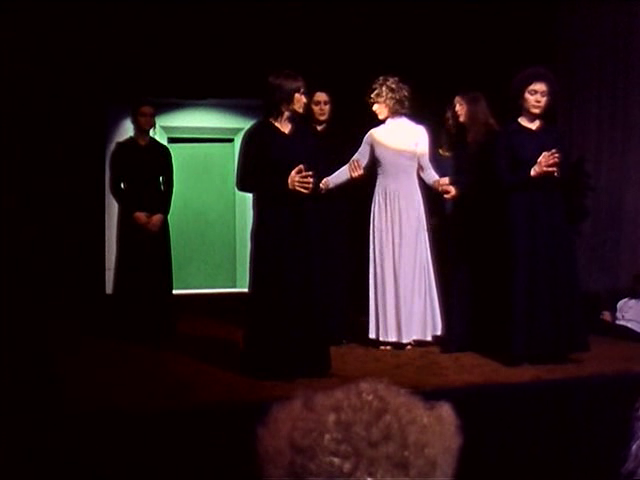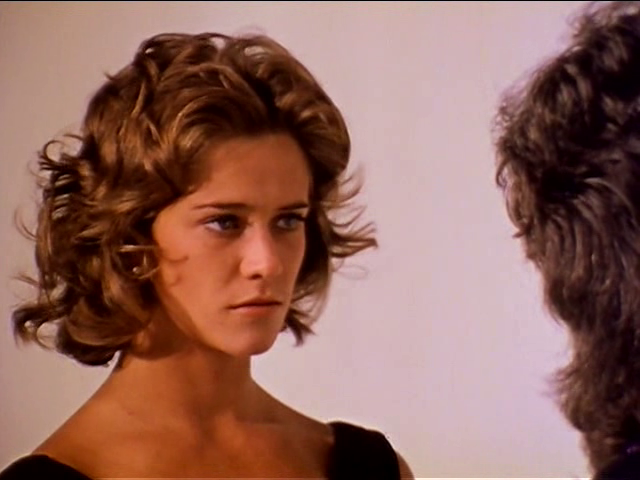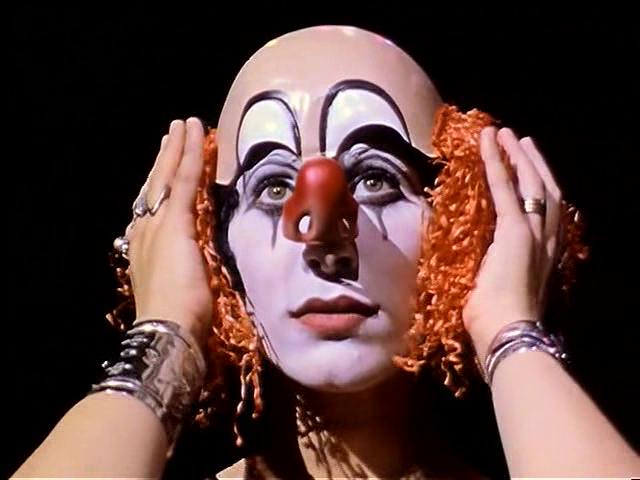Behind the Green Door (1972)
“You warm up my coffee, and I’ll tell you the story.”
|
Synopsis: |
|
Genres, Themes, Actors, and Directors:
Response to Peary’s Review: The Mitchells may also have “hoped women would want to identify with Chambers, who, unlike earlier sex-film actresses, was good-looking, shapely, [and] healthy — a blonde All-American girl who once adorned boxes of Ivory Snow with a baby on her knee.” Indeed, Peary writes that “much of the film’s initial success was a result of people wanting to see the 99-44/100-percent pure ‘Ivory Snow girl,’ a minor celebrity whose face they knew well, participate in sex acts.” He asserts that while the “picture is well made and [the] Mitchell Bros. strive for art,” he doesn’t “find it much livelier than an elaborate stag film,” with “even the most unusual sex acts shift[ing] from being erotic to embarrassing and boring.” In his first Cult Movies book, Peary contextualizes this film within the broader history of adult films, noting that “all across the country [in the late sixties], raincoated men were sneaking in and out of theaters showing skin flicks” — but “this would change in a hurry due to public acceptance of a number of soft-core sex films as ‘legitimate’ motion pictures.” For instance, “Russ Meyer’s Vixen (1968), Radley Metzger’s Therese and Isabelle (1968) and his subsequent Camille 2000 (1969) and The Lickerish Quartet (1970), the earlier Swedish-made, Metzger-imported I, a Woman (1966)” and others “were major breakthrough films.” He notes that “these made filmmakers aware that for a sex film to be commercially successful it must attract women as well as men, and that the best way to arouse female interest was to make films about women striving for sexual fulfillment.” To that end, he adds that “the commercial success in America of the Swedish I Am Curious (Yellow) (released in the United States in 1969), a political film that contains a couple of moments of explicit sex, proved that women would come to hard-core sex films provided they played in first-run theaters.” He notes that “the first hard-core films to get bookings in suburban and neighborhood theaters were quasi-documentaries and ‘educational’ marriage-manual films” like “Bill Osco’s Mona (1970), about a girl who can’t get enough of [a certain type of sex],” and then “Paul Gerber’s School Girl (1970), a fairly good sex comedy about a girl who enters the sexual underground so she can gather information for a college term paper” — both of which “made inroads in attracting a mixed audience.” Finally, Peary notes his appreciation for the fact that Chambers (unlike Linda Lovelace in Deep Throat) “was given a salary plus residuals for participating in Green Door,” and thus “when the picture took off at the box office she justifiably made a great deal of money.” Final note: The presence of ~38 adult films in Peary’s GFTFF (not including many more soft-core titles) is a contentious one among his fans, and I’ve gone back and forth myself in terms of whether or not to include them. With that said, I do think all cinema buffs will be curious to at least fast-forward through the three most formative titles, and this is one of them. Notable Performances, Qualities, and Moments: Must See? Categories
Links: |




One thought on “Behind the Green Door (1972)”
[PASS]